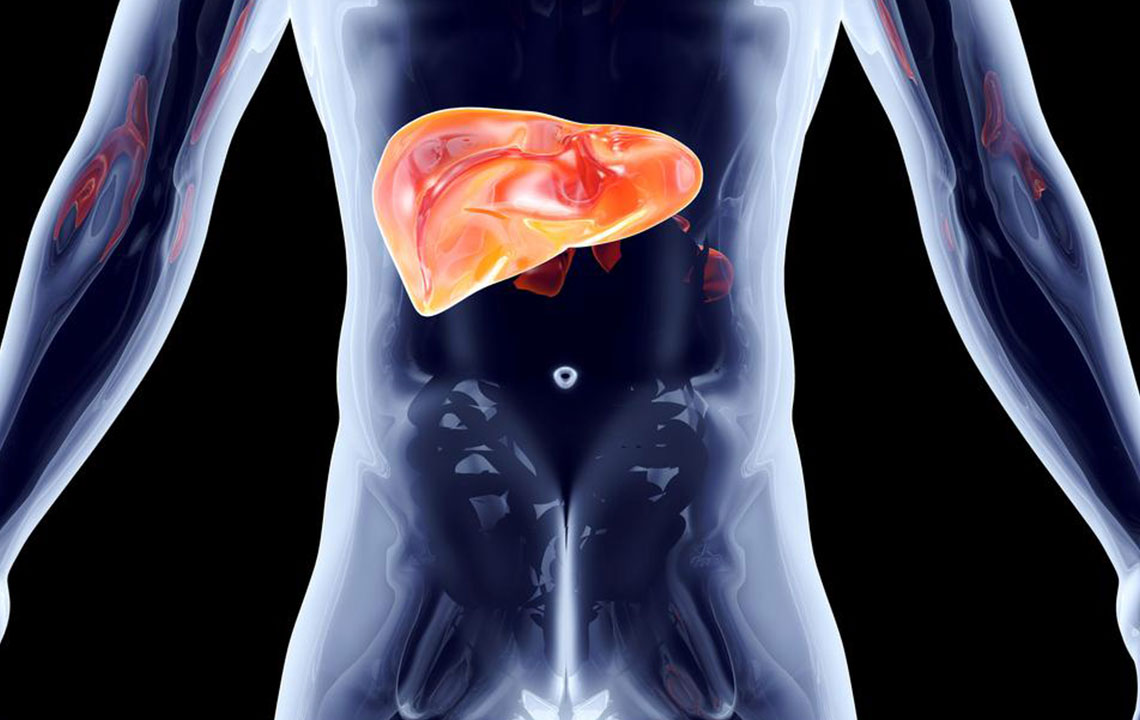Comprehensive Guide to Hepatitis C: Key Facts Everyone Should Understand
Hepatitis C affects millions worldwide, with notable prevalence in the U.S. Despite advancements in antiviral treatments, awareness remains crucial. This comprehensive guide covers transmission routes, symptoms, prevention strategies, and modern cures, emphasizing the importance of early diagnosis and proactive health measures for effective management of hepatitis C.

Comprehensive Guide to Hepatitis C: Key Facts Everyone Should Understand
Hepatitis C remains a significant global health concern, affecting millions of individuals worldwide, including a substantial population within the United States. Annually, approximately 16,000 new cases of acute hepatitis C are reported in the U.S. alone. Despite ongoing advances in medical science and the development of potent antiviral treatments, the prevalence of hepatitis C has not seen a dramatic decline, with roughly 3.5 million people living with chronic hepatitis C infection. This persistent prevalence underscores the importance of awareness, prevention, and early diagnosis.
Understanding hepatitis C thoroughly is crucial because many people remain unaware of the disease’s transmission pathways, symptoms, and treatment options. This lack of awareness often results in misconceptions, which can hinder prevention efforts and delay necessary medical intervention. Common symptoms such as jaundice (yellowing of the skin and eyes), fatigue, loss of appetite, abdominal pain, and diarrhea are often mistaken for other illnesses, contributing to underdiagnosis.
Hepatitis C is part of the hepatitis virus family, which includes several types such as A, B, D, E, and V. However, hepatitis C has distinct transmission routes, clinical features, and treatment approaches that set it apart. This article provides comprehensive insight into five key facts that can clarify common myths and misconceptions surrounding hepatitis C.
How Does Hepatitis C Spread?
The primary mode of hepatitis C transmission is through contact with infected blood. This occurs most frequently among people who share contaminated needles, such as injection drug users, and in medical scenarios involving unscreened blood transfusions. The virus can survive outside the body for a limited time, making the use of sterile equipment paramount. Ensuring needles, razors, and other personal items are always sanitized and never shared can significantly reduce risk.
It’s important to recognize what does not transmit hepatitis C. The virus is not spread through casual social contact, such as hugging, handshakes, or sharing food and drinks. Additionally, breastfeeding is generally safe unless the mother has high levels of the virus in her blood, and even then, the risk of transmission is low. Sexual transmission of hepatitis C occurs but is relatively uncommon, especially in monogamous relationships or when appropriate precautions are taken. Nevertheless, having multiple sexual partners can slightly increase the risk, underscoring the importance of safe sex practices.
Symptoms and Signs of Hepatitis C
The clinical presentation of hepatitis C varies considerably. Many infected individuals remain asymptomatic for years, making regular screening vital for early detection. When symptoms do appear, they can include fatigue, muscle or joint pain, nausea, loss of appetite, abdominal discomfort, dark urine, jaundice, and diarrhea. These nonspecific symptoms often mimic other health issues, contributing to delayed diagnosis.
Because the infection can silently progress to severe liver damage over time, maintaining awareness and undergoing routine testing are essential. Blood tests such as HCV antibody screening and viral load measurement allow healthcare providers to accurately diagnose hepatitis C and determine the stage of infection.
Risks and Prevention Strategies
Beyond blood exposure, certain behaviors can elevate the risk of infection. These include intravenous drug use, unsafe medical practices, and, to a lesser extent, unprotected sex with an infected partner. Given the asymptomatic nature of the early disease, proactive testing is vital for at-risk populations.
Preventive measures focus heavily on reducing exposure to contaminated blood. Using sterile needles, not sharing personal items like razors or nail scissors, and ensuring blood products are properly screened are fundamental steps. For healthcare professionals, adhering strictly to infection control protocols can prevent accidental transmission. Public health campaigns aimed at raising awareness about hepatitis C transmission, particularly among high-risk groups, play a crucial role in prevention efforts.
Modern Treatment and Cure
The outlook for hepatitis C has dramatically improved over recent years thanks to the advent of highly effective antiviral medications. Regimens such as direct-acting antivirals (DAAs) can cure the infection in over 95% of cases, often within 8 to 12 weeks. These medications target specific stages of the virus’s lifecycle, effectively eradicating it from the body with minimal side effects.
Early detection and treatment are critical to preventing severe liver complications, including cirrhosis and liver cancer. Regular monitoring through blood tests is essential for evaluating treatment response and long-term health management.
It’s important for individuals at risk or showing symptoms to seek medical advice promptly. Screening is simple and highly recommended for populations such as current or former injection drug users, recipients of blood transfusions before 1992, healthcare workers, and those with elevated liver function tests.
Final Thoughts
Hepatitis C remains a major public health issue but is increasingly preventable and curable. Awareness of how the virus spreads, recognizing symptoms, and engaging in regular screening can dramatically improve outcomes. With the latest antiviral therapies, those diagnosed early can live healthy, virus-free lives. It is vital that at-risk populations and healthcare providers continue to work together, emphasizing education, prevention, and early intervention to combat this silent epidemic effectively.





